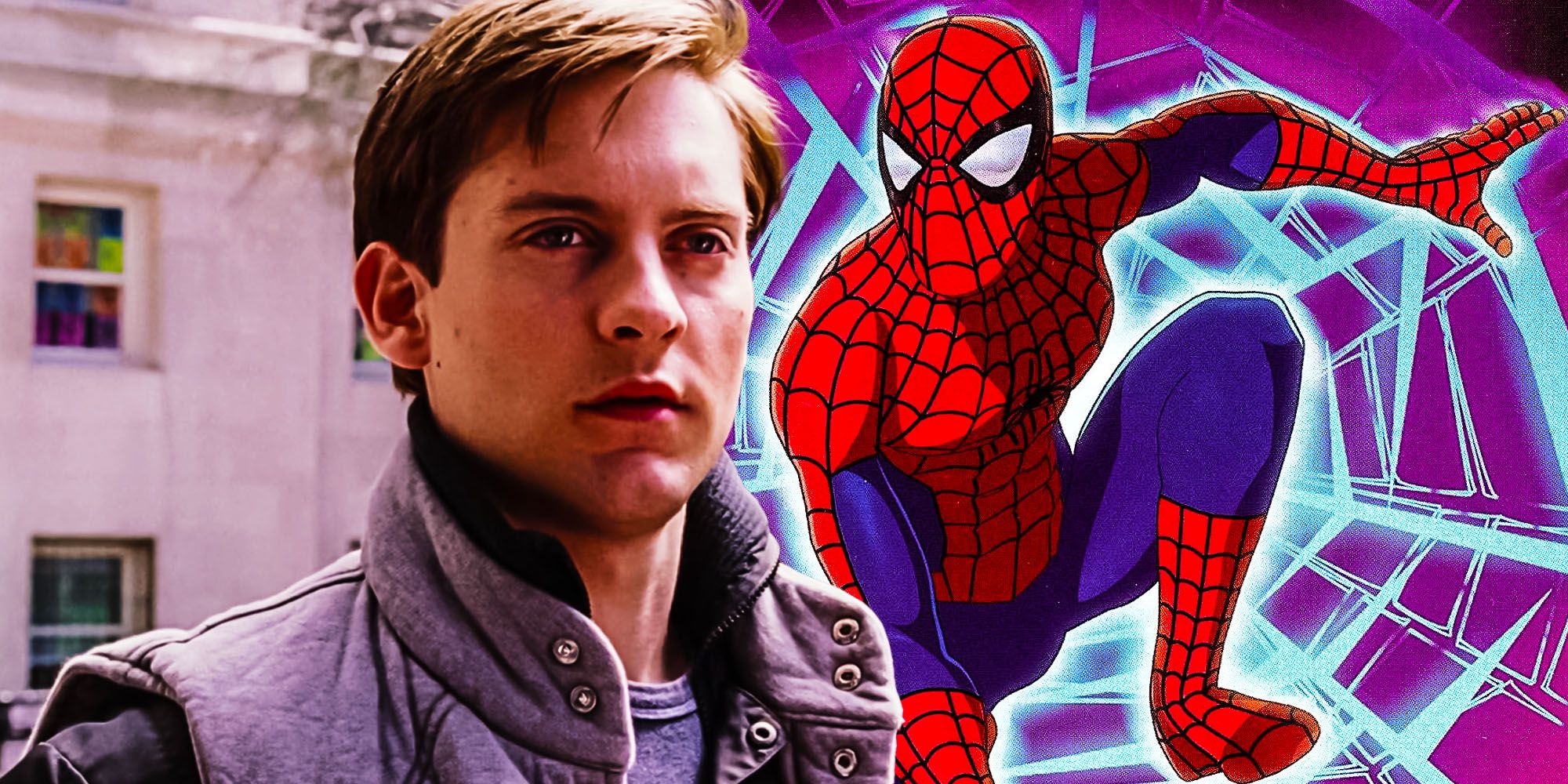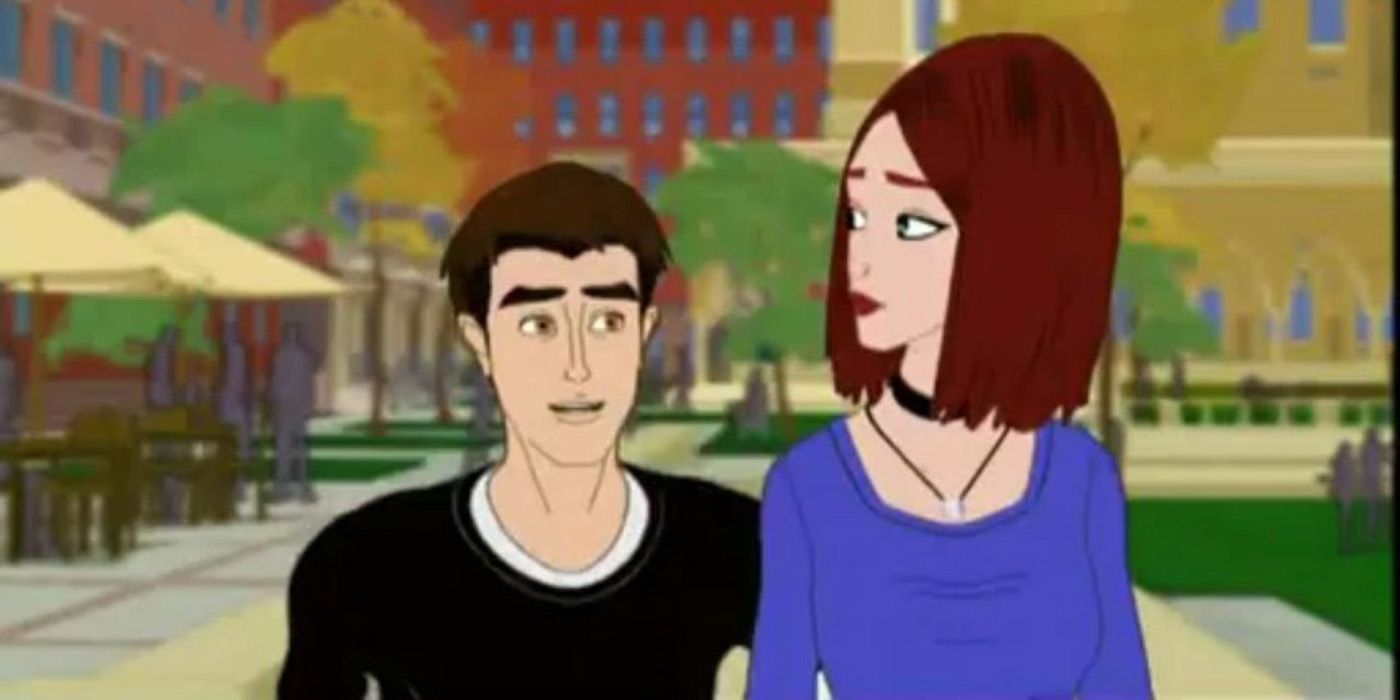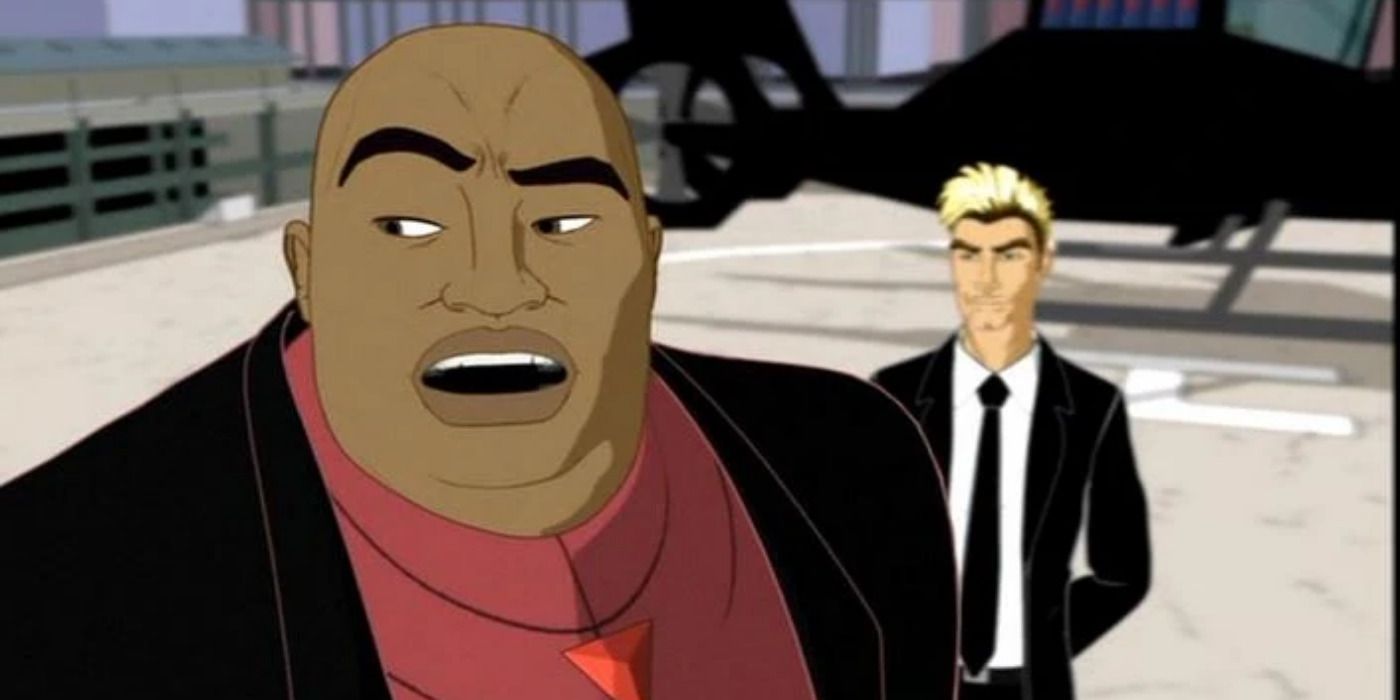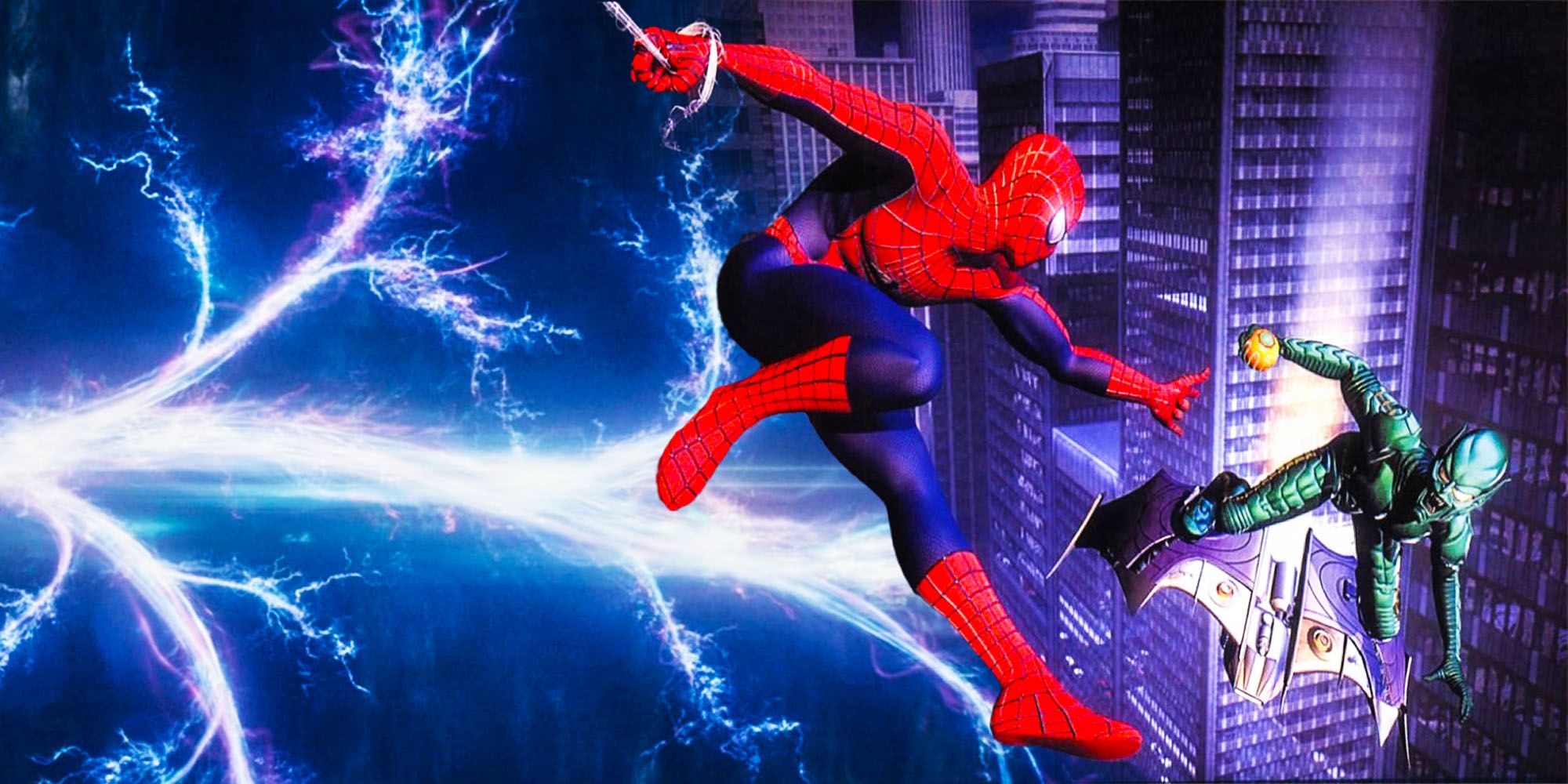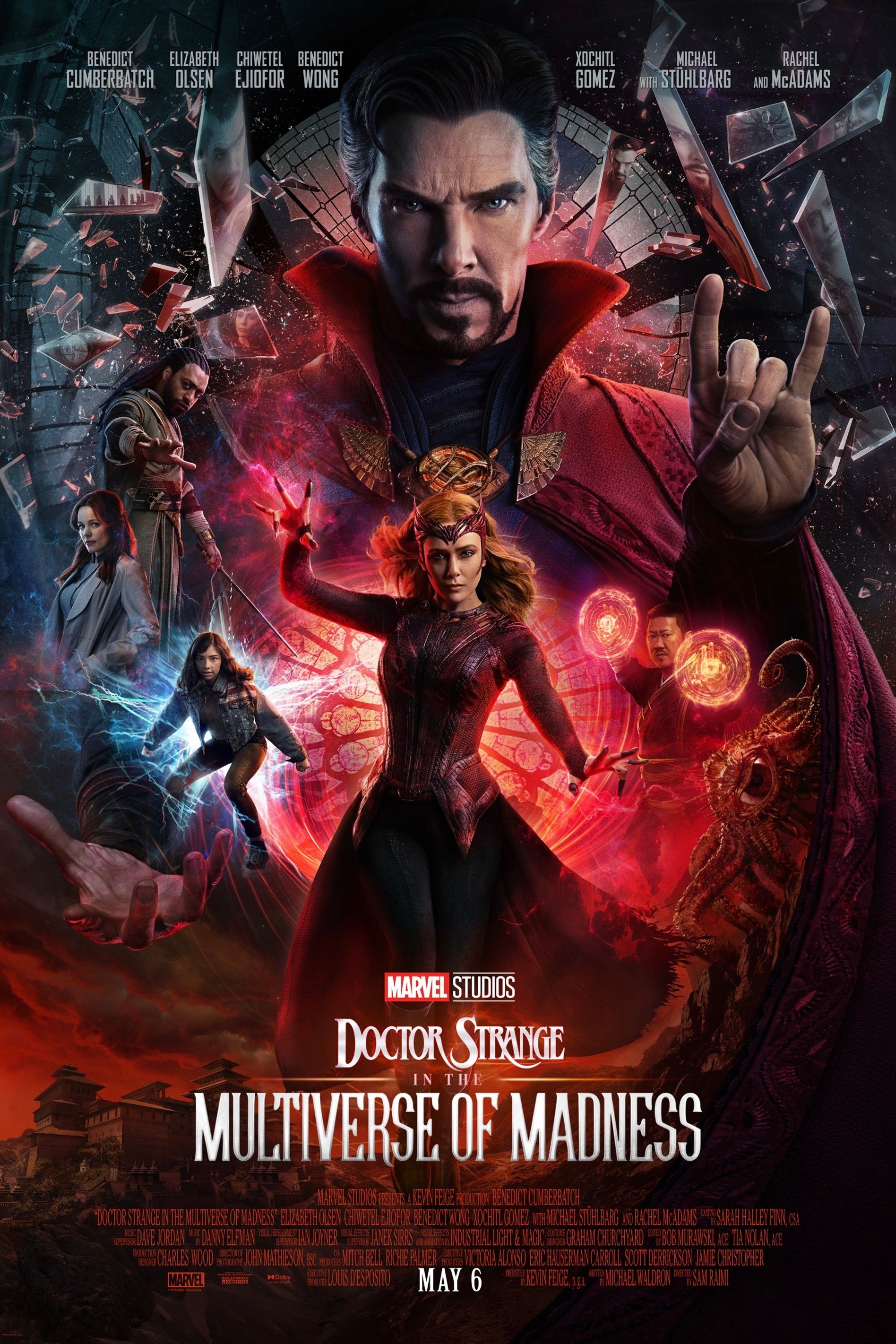The Sam Raimi Spider-Man franchise includes more content than its iconic film trilogy, including a 2003 animated series that doesn’t share continuity with two of the films, separating it from other spinoff material. Spider-Man: The New Animated Series had only a brief run in 2003, and while it shares a universe with Raimi’s 2002 film, the TV series doesn’t coincide with Spider-Man 2, Spider-Man 3, or the rest of the Sam Raimi Spider-Man universe’s properties, such as its video games and comics. The series does, surprisingly, connect to two other Marvel films, putting 2002’s Spider-Man in a unique position, as far as continuity goes.
The superhero film genre wouldn’t be what it is today if not for Sam Raimi’s Spider-Man trilogy. While the superhero film genre found success before 2002, Spider-Man broke new ground by having an unprecedented level of naturalism, sincerity, and respect for the comic book source material. The trilogy was, at one point, considered to be part of the Marvel Cinematic Universe, with 2008’s Iron Man establishing that Tony Stark created the cephalopod-like robotic arms that Otto Octavius would use as the villainous Doctor Octopus. While these plans were, unfortunately, scrapped due to Sony’s ownership of the Spider-Man film rights, the Raimi universe would eventually interact with the MCU in Spider-Man: No Way Home.
Given the massive marketing campaigns for each film, it’s not surprising that the continuity includes far more than just three movies. The Raimi Spider-Man continuity was expanded on by spinoff comics, as well as adapted to video games and novels. In the latter two mediums, storylines and characters who didn’t appear in the Raimi films were introduced, broadening the rogue’s gallery of Tobey Maguire’s Spider-Man and showing sides of him that the films sometimes limited. For instance, a common complaint about Maguire’s Spider-Man is his lack of quips and ingenuity. The video games make excellent use of Spider-Man’s signature witticisms, as well as having him use his scientific expertise and improvisational tactics to defeat his foes. Spider-Man: The New Animated Series did this as well, though it doesn’t quite fit into the rest of Rami’s timeline the way that other spinoff material does.
Why 2003's Spider-Man Show Isn't Raimi Canon (But The Games & Comics Are)
Released following the massive critical and commercial success of 2002’s Spider-Man, Spider-Man: The New Animated Series continued the story of Peter Parker, now a college student attending Empire State University with Mary Jane Watson and Harry Osborn. Despite the show’s high ratings and positive reception, it only lasted one season, ending on a cliffhanger. The cliffhanger, as well as the show’s setting and an episode featuring Doctor Curt Connors becoming The Lizard, conflicted with what was shown in the following two Raimi Spider-Man movies as well as the video games.
In Spider-Man 2 and Spider-Man 3, Peter Parker is shown attending the real-world Columbia University, and the films never show or state that Mary Jane or Harry attend the same school. Curt Connors is one of Peter Parker’s professors, but he doesn’t become The Lizard in the films, while his 2003 counterpart dies at the end of his debut episode. Peter Parker also briefly ends his superhero career as Spider-Man for the first and only time in Spider-Man 2, making the 2003 Spider-Man series’ similar cliffhanger another contradiction.
The Raimi Spider-Man franchise’s other spinoff material didn’t contradict the films but added to the lore instead. Spider-Man 3: The Black shows Eddie Brock bonding with the Venom symbiote and seeing Peter Parker’s memories. The Raimi Spider-Man video games added numerous classic Spider-Man supervillains to the Raimi universe, and both the video games and the novelizations populate the continuity with other Marvel heroes. The video games include new versions of iconic Spider-Man villains like Kraven the Hunter, The Lizard, and The Kingpin, all of whom are depicted differently in the 2003 Spider-Man animated series. While the Raimi Spider-Man video games clash with the 2003 animated series, they don’t contradict the films, making them fit within the trilogy’s continuity while the animated series only continues off the first film.
Spider-Man: The New Animated Series' Daredevil Connection
While Spider-Man: The New Animated Series doesn’t connect to the rest of the Raimi universe after the first film, it heavily references 20th Century Fox’s Daredevil by including a similar version of Wilson Fisk. While 2003’s Daredevil was met with a generally negative reception from critics and viewers, one of the few well-received aspects of the film was Michael Clarke Duncan’s depiction of Wilson Fisk, a.k.a. The Kingpin. Spider-Man: The New Animated Series featured an iteration of Fisk that was heavily based on Daredevil’s character, with Michael Clarke Duncan even voicing him. While the Spider-Man series is not officially part of the same continuity as Fox’s Daredevil and Elektra films, their similar versions of The Kingpin might have been an attempt by the show to tie itself to the two movies, similar to Iron Man nearly making Tony Stark and Otto Octavius colleagues.
The Sam Raimi Spider-Man Franchise's Two Timelines Explained
While Spider-Man: The New Animated Series cannot take place in the same universe as the rest of the Sam Raimi Spider-Man franchise, it does canonically continue the story of 2002’s Spider-Man. This means that there were initially two timelines in the Sam Raimi Spider-Man franchise and the 2002 film is canon to both of them. One universe contains 2002’s Spider-Man and Spider-Man: The New Animated Series and the other consists of the entire Spider-Man trilogy, its other spinoff material, and Spider-Man: No Way Home. After No Way Home, there were additional timelines created when Spider-Man’s cured villains were returned home, creating new branching timelines. Since the 2003 Spider-Man series contradicts the continuity of the later Raimi films, it isn’t part of their universe while the Raimi Spider-Man video games and comics are part of the same timeline as all three films, due to their lack of discrepancies.

